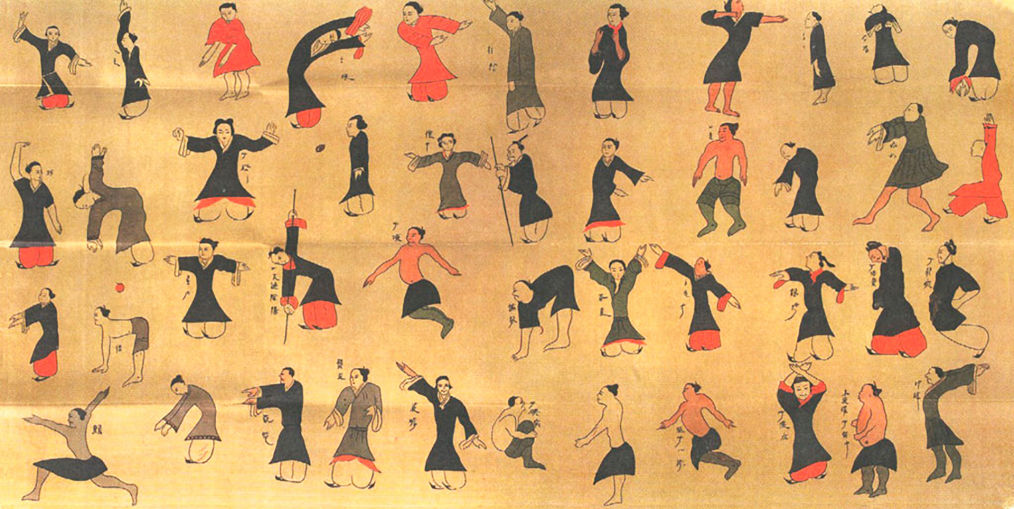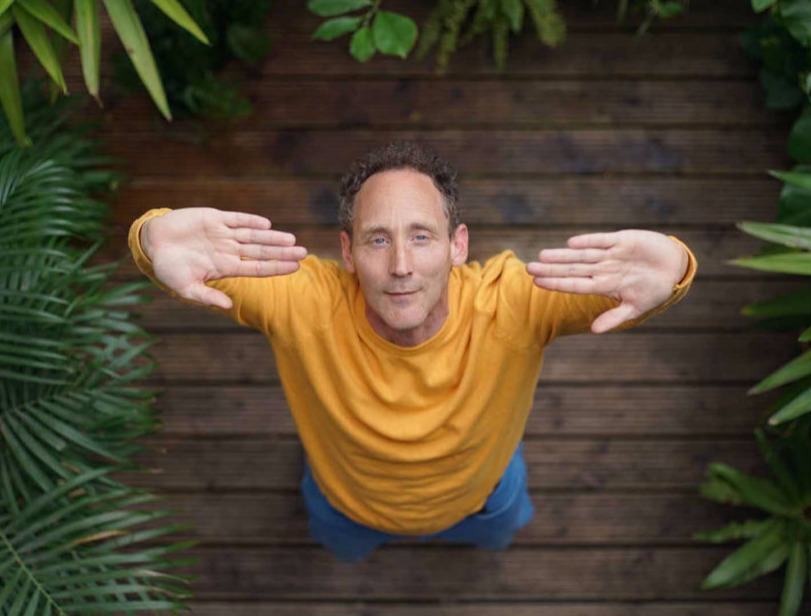
Increase energy
Reduce stress
Tone muscles and tendons.
Improve alignment, balance and co-ordination
Control and prevent disease
Boost the immune system
Improve focus and mental processing.
Qigong is a complete exercise system with a history that goes back more than 2500 years. It involves movements, postures, breathwork, and meditation that will deepen your relationship with your body and the world around you. The benefits are felt throughout body and mind with each session leaving you feeling more relaxed, energised and alert.
A regular Qigong practice is the perfect compliment to city life. Modern lifestyles are often very busy and can leave us stressed and depleted. In Qigong we take an opportunity to slow down and become more aware of what we are doing. There is no straining or hard, fast excercises that might make us more tired, instead we increase our energy and move steadily towards greater effortlessness, calmness and vitality. As an integrated mind-body practice, the benefits of Qigong have been clearly demonstrated over its long history and by modern scientific testing.

Increase energy
Reduce stress
Tone muscles and tendons.
Improve alignment, balance and co-ordination
Control and prevent disease
Boost the immune system
Improve focus and mental processing.
Qigong can be adapted to the individual and is suitable for all ages and fitness levels: From dancers and martial artists seeking finer body control to more mature people who would like to revitalise and rejuvenate. From executives and academics who spend ‘too much time in their heads’ to parents and carers who need to reclaim a space for themselves. For those recovering from serious illness to experienced meditators who want to integrate with everyday life. Qigong boosts our feeling of aliveness and enhances our capacity to live to our full ability.

Michael Marshall began Taiji and Qigong following a shoulder injury that would not respond to conventional treatment. He has studied for more than 20 years in a direct lineage from Cheng Man Ch’ing, to Master Huang Xingxian and then Patrick Kelly. A feature of this system is the development of our ability to use mind intention and feel increasingly subtle levels of sensation. To explore this further he completed a PhD studying the creative potential of relationships between thought and sensation. Michael is also a university lecturer and an artist who has exhibited at some of the worlds best known museums and galleries.